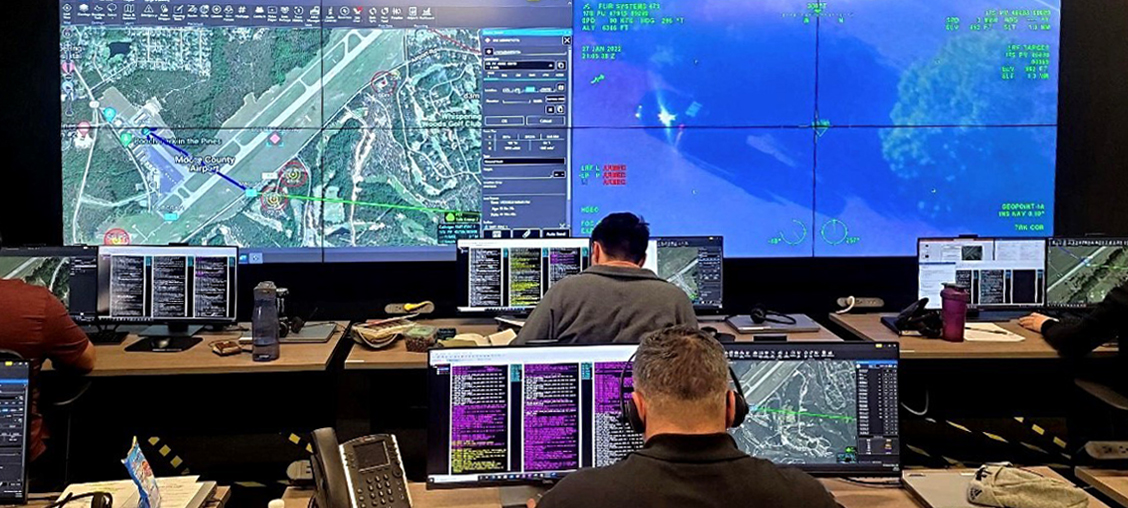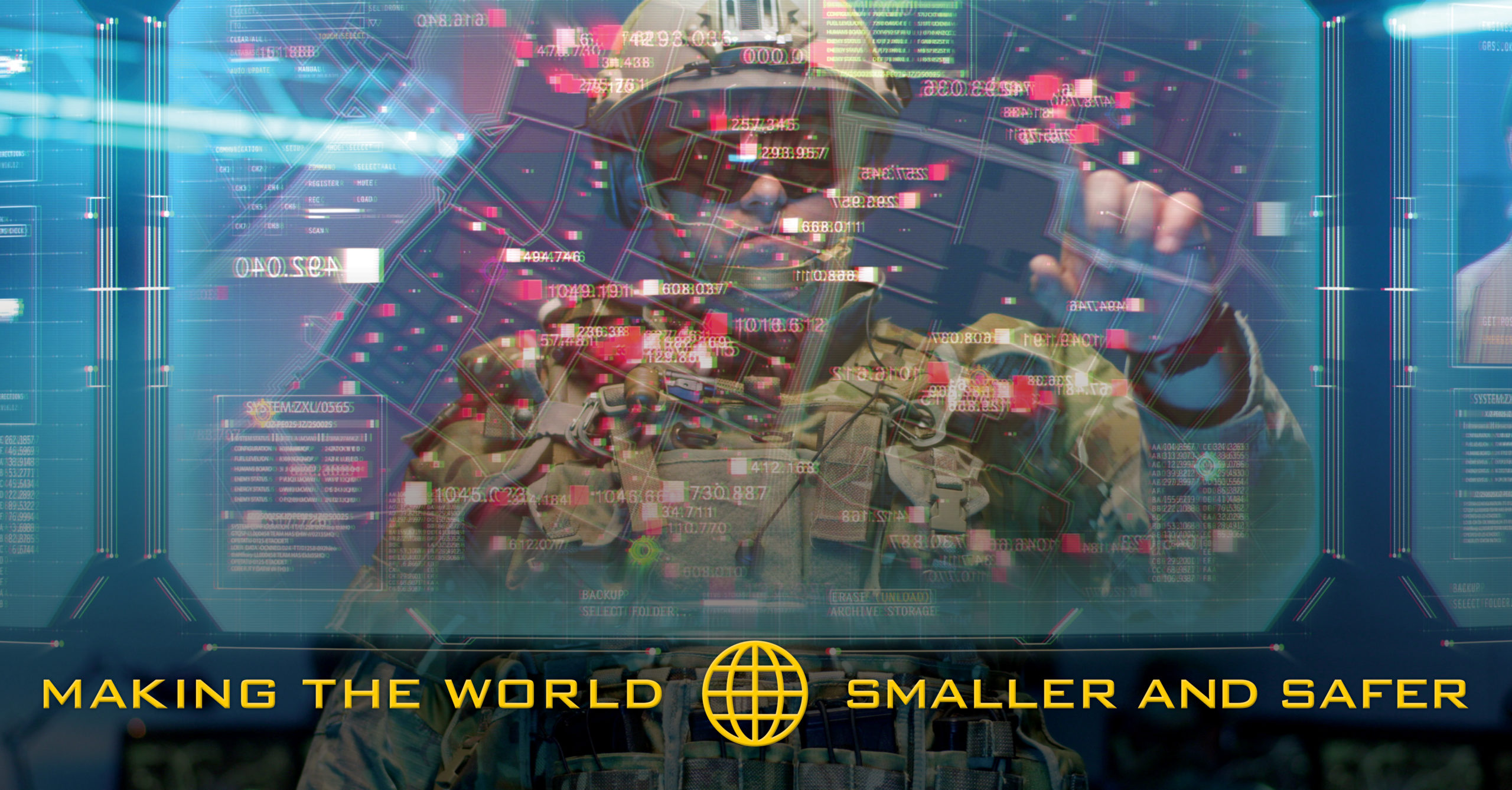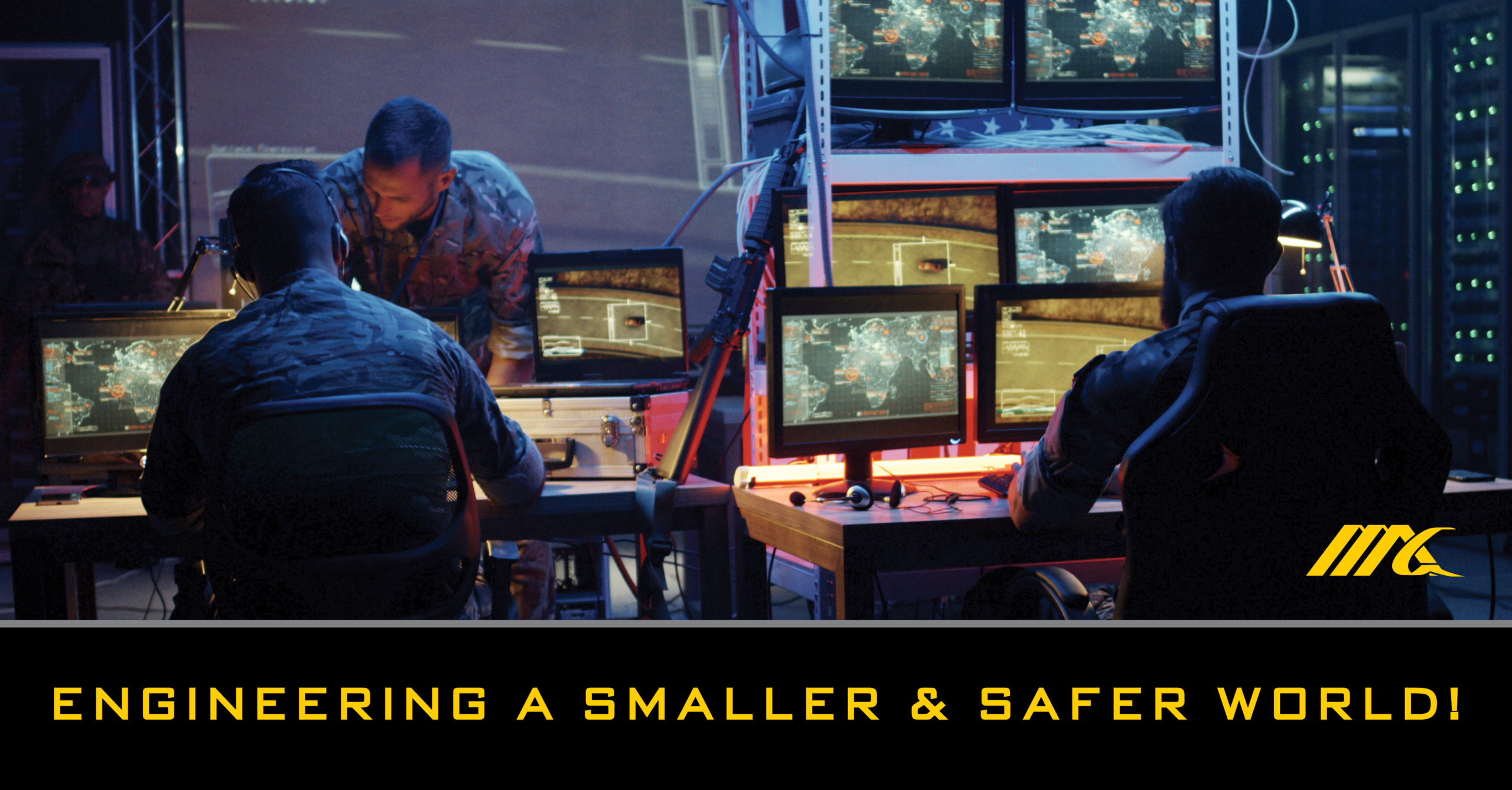12July 2023

The Common Operating Picture (COP) is a tactical display of information that allows personnel in command and control roles to make effective decisions based on an up-to-date understanding of the situation at hand. The COP is created by collecting data from multiple sources, and merging them into one cohesive display.
The COP then gives users access to the facts about the current status, evolving situation, resource availability, and locations of said resources. By sharing this knowledge with all involved organizations or jurisdictions, collaborative planning can be done more effectively. Utilizing the COP means having consistent situational awareness for all parties engaged in any incident at any time.
COP vs. CTP
The term “Common Operational Picture” (COP) is sometimes confused with Common Tactical Picture (CTP). The difference between the two is that CTPs are usually created from ground-level data, focusing on short-term spans. However, COPs typically provide a more strategic view of the situation and focus on data with long life spans. For example, a common operational picture could include both an aerial view of the battlefield and information about supply levels and personnel availability.
Who Uses A Common Operating Picture?
COPs are widely employed in the military, providing commanders with an understanding of battlefield conditions to make informed decisions faster. Although COPs have traditionally been used in combat operations, they can also help coordinate complex logistics and personnel management tasks such as tracking equipment supply and managing resources.
COPs are essential not just to the military but to other organizations as well. They help reduce confusion and ensure that all stakeholders have access to accurate information in real-time. This can be especially useful in complex situations involving multiple organizations, such as humanitarian relief efforts or large-scale infrastructure projects.
Benefits Of COP
The benefits of having a Common Operating Picture (COP) are numerous. By allowing multiple sources of information to be collected, merged, and then shared with all involved organizations, collaborative planning can be done more effectively. Having the COP also enhances situational awareness for incident management teams and other personnel by providing a unified view of the situation.
Also, the COP reduces the time it takes to communicate any changes in resource deployment or location, thus increasing response times during an emergency. Additionally, it eliminates confusion when multiple agencies are involved in responding to an incident, as everyone is now looking at the same up-to-date information instead of having different versions of the same story. Furthermore, it allows field teams to make better decisions based on accurate data plus visibility into where assets are located, which is very beneficial in a tactical setting.
Applications Of A COP
The Common Operating Picture (COP) is often used in various scenarios, from handling large-scale incidents to small-scale operations. In emergency management or incident response, the shared COP allows personnel to monitor the situation, identify potential risks, and formulate plans faster and more effectively. The COP can also assist with resource tracking and deployment by confirming actual versus projected numbers and locations.
In military operations, the COP provides an overall view of an operation’s progress, helping commanders make informed decisions about their next steps. It is also often utilized for intelligence-gathering missions to uncover trends or patterns that may indicate a threat.
Additionally, the COP can be used in other operational areas, such as logistics or transportation management. By allowing users to track their resources visually, they can better manage their fleet movements or optimize their supply chain based on clear visuals of potential issues or bottlenecks. Finally, the COP allows users across different departments or business units to collaborate more effectively and efficiently on projects.
Components Of A COP
Data from multiple sources can frequently be incorporated into COPs based on the user’s requirements. These sources can include government networks and databases, GIS systems, geospatial images and maps, communication tools, satellite imagery, aerial surveillance data, and weather information. COPs can also be generated from manual inputs such as reports or observations made by field personnel.
A COP may also use real-time data streams for immediate situational awareness. For example, streaming video from drones or other airborne surveillance platforms can provide an up-to-date view of the operation or incident in progress. Alternatively, data feeds from cellphone towers or other network infrastructure can be used to track the movement of units and personnel in the field. Combining real-time and historical data into one unified picture gives operational teams a powerful tool for understanding their environment.
Creating A Common Operating Picture
When creating a Common Operating Picture (COP), teams can utilize various tools and software, both off-the-shelf and custom-made. Some tools may provide collaboration functionality to allow all parties involved in the operation to update, view, or comment on the COP in near real-time.
Other visualization tools, such as Geographic Information Systems (GIS) are helpful in plotting points on maps or displaying multiple layers of data. GIS is particularly beneficial when identifying trends, patterns, or hotspots in areas of interest. These visualizations often help teams make better decisions faster.
COPs can also be dynamically updated with customized software solutions that use artificial intelligence (AI). These AI-powered COPs can act as operational assistants by providing proactive recommendations based on current situations and activities. By leveraging these highly advanced systems, teams can make smarter decisions more quickly than ever before.

Taking Advantage Of This Dynamic Tool
Common Operating Pictures are a powerful tool many organizations use, from the military to governments and businesses. COPs provide an overview of a situation that can be leveraged to inform decision-making or coordinate complex tasks. This type of information is invaluable in helping reduce confusion while ensuring the efficient use of resources. Ultimately, having access to the right information at the right time can be critical for any operation.
Contact MAG today to learn all the different ways they can assist you in developing the right tools to create a Common Operational Picture custom-tailored to your needs.
Search Posts
Recent Posts
- The Forefront of Excellence – Explore MAG’s Titusville, FL Technology Integration & Interoperability Innovation Center
- Project Argus: Advancing C5ISR Solutions Through Innovation and Adaptability
- MAG Successfully Achieves ISO/IEC 27001 Stage 2 Certification
- Cutting-Edge Defense Technology in the Sky with MAG’s Universal Adapter Plate
- MAG partners with Gogo to confirm outstanding Plane Simple ESA flight test campaign. Five sorties and ten hours of flight demonstrate commercial potential for versatile antenna.



